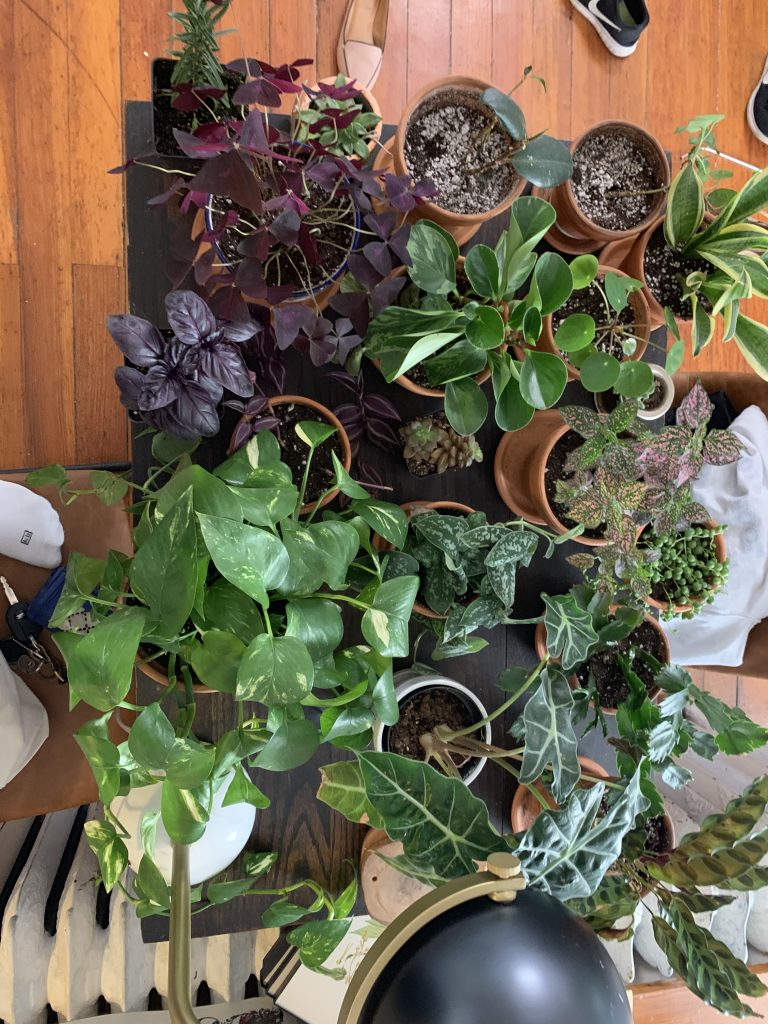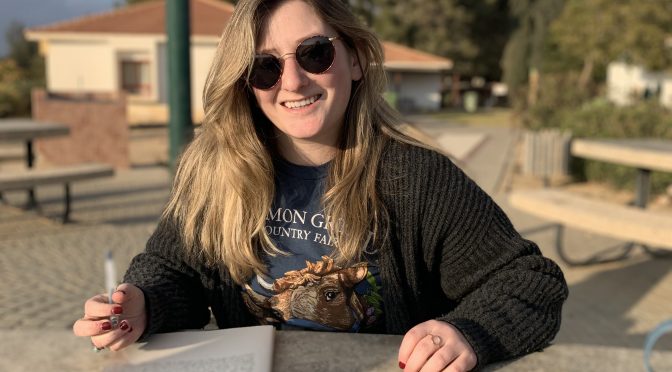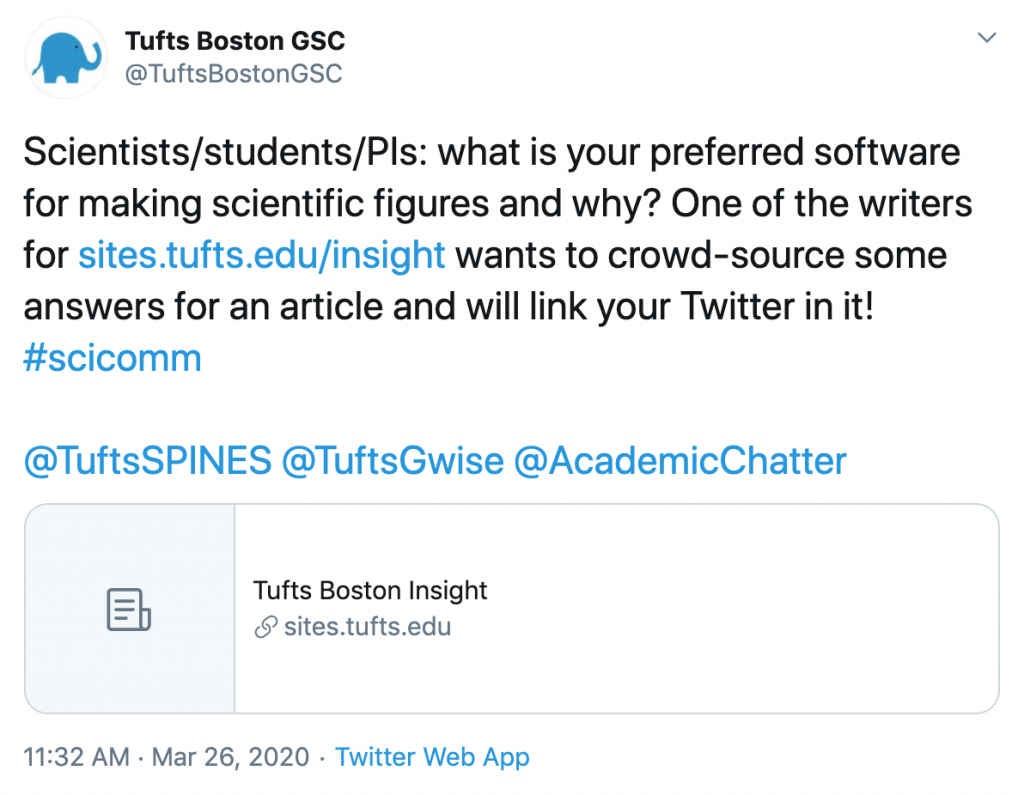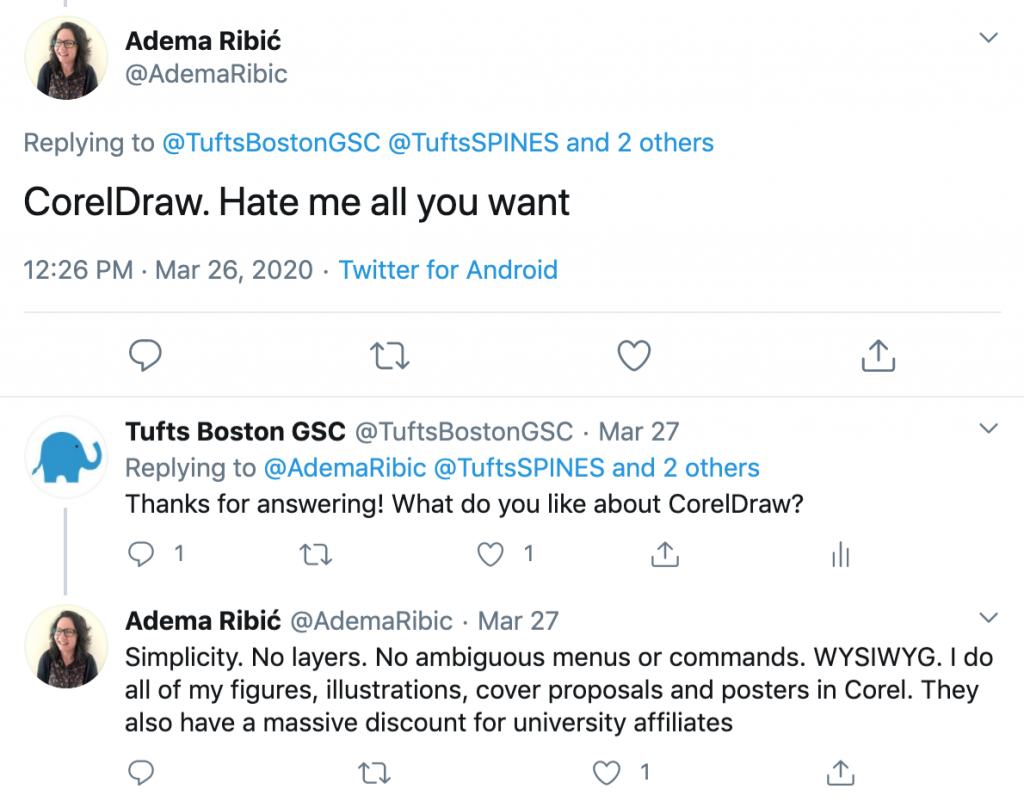Humans of Tufts Boston, 9 Apr 2020
Logan Schwartz, Genetics (JAX), Second-year Ph.D. “I am interested in helping an aging population”
JH: Thank you so much for agreeing to answer some questions! What were you doing before graduate school?
LS: I started my scientific career as a summer intern at Regeneron Pharmaceuticals for three summers right after high school and through college. I worked in the VelociGene Department aimed at developing genetically modified mammalian models of gene function and disease! I attended the University of Rochester and studied Molecular Genetics and Chemistry. After completing undergrad, I was working for Dana Farber Cancer Institute and MGH as a research technician studying the functional genetics and molecular mechanisms of chronic lymphocytic leukemia and cystic fibrosis.

JH: What drew you to the JAX program?
LS: I was drawn to the JAX program by the opportunity to work with Dr. Jennifer Trowbridge and the novel mouse models for studying clonal hematopoiesis (CH). The Genetics program at JAX is a unique graduate program with the freedom to take courses at The Jackson Laboratory in topics ranging from systems genetics to different computational languages. I really enjoy the close and collaborative community at JAX and I am happy to be a part of it!
Dr. Trowbridge is a leader in the field of hematopoietic stem cell (HSC) research and she is fearless with respect to developing and employing the new and best techniques to address scientific questions. She is an inspiring investigator to be mentored by, having navigated herself the challenges of achieving success as a woman in science.
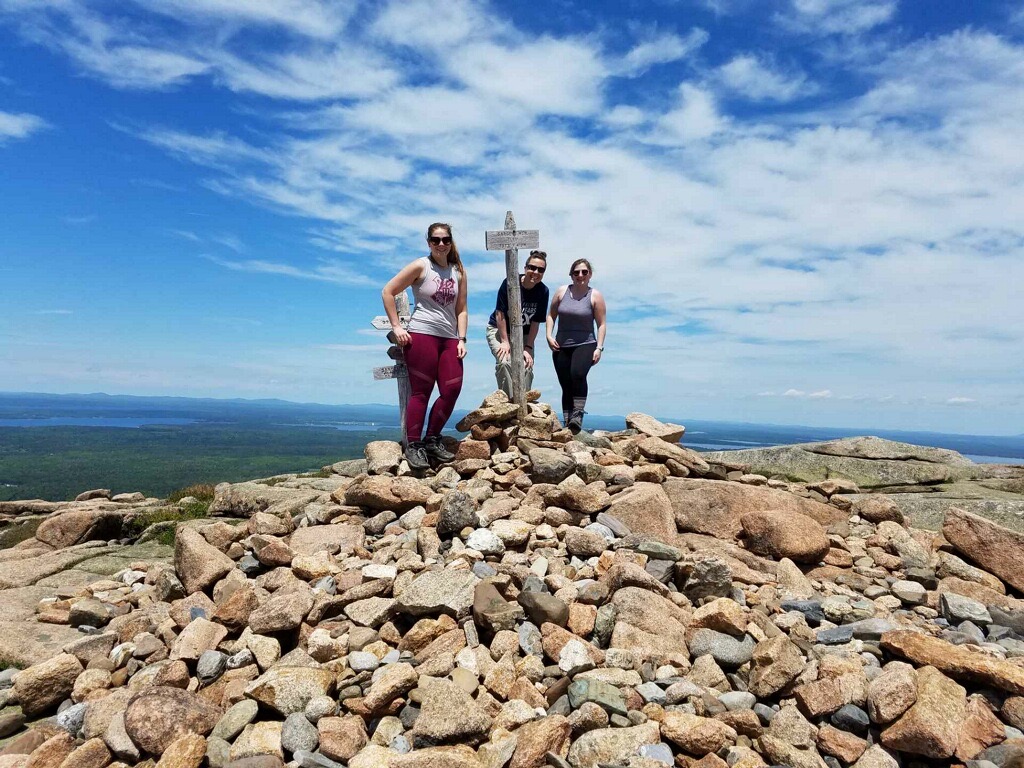
I am particularly excited to work in this field of research because I am interested in helping an aging population. With the growing population of elderly individuals worldwide, preventative strategies to reduce aging-associated diseases are urgently needed. We acquire somatic mutations in our HSCs as we age, some of which can confer a competitive advantage and cause clonal HSC expansion, known as clonal hematopoiesis (CH). This is present in 10-15% of individuals aged 70 years or older. My thesis work in the Trowbridge lab strives to identify novel mechanisms that can be used as interventions to prevent aging-associated diseases and disorders of the hematopoietic system, with a specific focus on HSCs, which are responsible for the lifelong maintenance of a functional hematopoietic system.

JH: Is there anything you think is under-appreciated in the field of genetics?
LS: Genetic Diversity! Many diseases are studied by using models on a single genetic background when no two humans with the same disease are genetically identical. My lab is using genetically diverse mice to determine if inherited genetic variants increase the likelihood of developing CH and that there are population differences in clonal advantages gained by specific mutations in particular genetic and environmental contexts. CH is most commonly driven by somatic mutations in the gene encoding DNA methyltransferase (DNMT3A), so we are testing the hypothesize that variation in genetic background dictates whether DNMT3A-mutant HSCs acquire a selective advantage. The work is still in progress so we will have to wait and see!

JH: What do you like to do outside of lab?
LS: Outside of the lab, I enjoy hiking/exploring Acadia national park, running, painting and trivia nights, and taking care of my fifty house plants! A couple of years ago, my friend gave me my first house plant, a snake plant. He told me they were impossible to kill, and somehow I still managed to kill it. I decided to try again, and somehow I was able to keep it alive. After that, it has become a sort of obsession, although I still kill succulents from time to time. The thing I love most about having plants is how much life they can bring into your home. I also love watching them grow and change over time!
